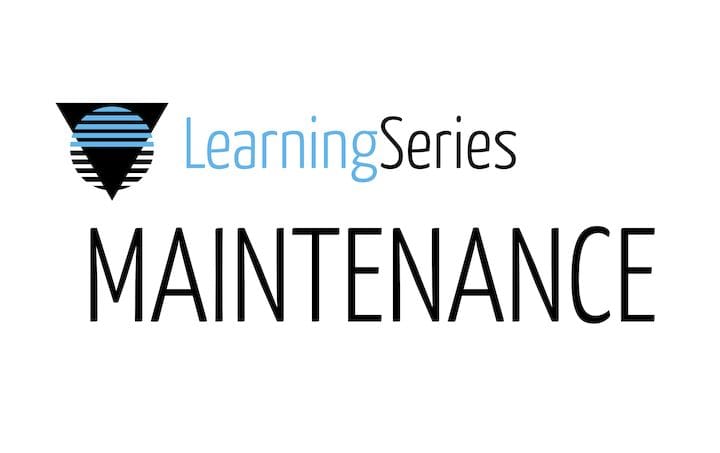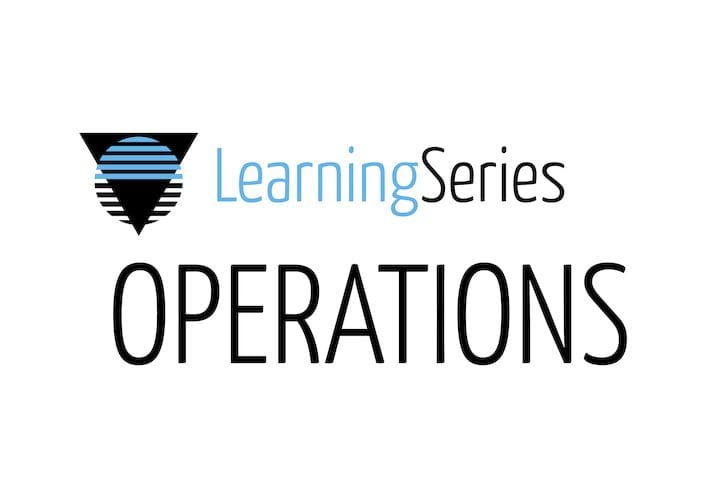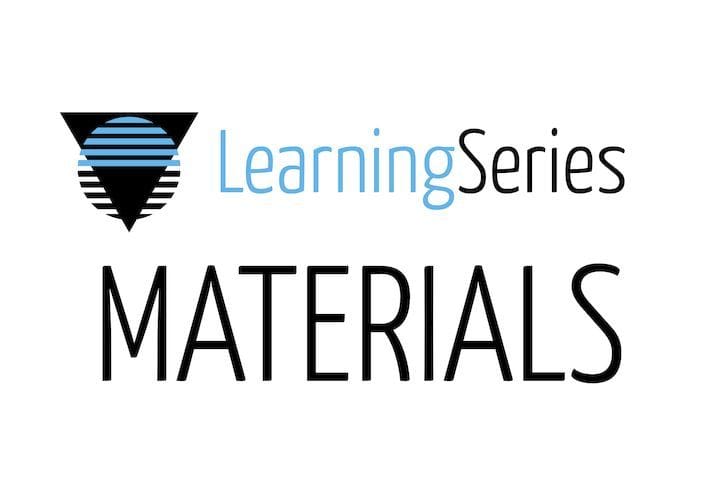![3D Print Learning Series: Materials [Source: Fabbaloo]](https://fabbaloo.com/wp-content/uploads/2020/05/image-asset_img_5eb092b3a40de.jpg) 3D Print Learning Series: Materials [Source: Fabbaloo]
3D Print Learning Series: Materials [Source: Fabbaloo]
This is an entry in our 3D Print Learning Series, focusing on the different materials possible in 3D printing.
For other current entries in this series, please search for our tag, “learning series”. Search often, as we will be adding more periodically.
Materials are, of course, required for any 3D printer to operate. There are many types of materials these days, far more than the small handful that were available only a few years ago.
Over the past 12 years we’ve operated a number of different 3D printers and gathered a number of tips in how to handle 3D print materials, in particular those used by FFF machines: spooled filament. This type of material is the most commonly used among 3D printers worldwide today, and the choice of product is as great as it’s ever been.
But there are challenges to overcome when using filament, and we’ve collected our stories on them below.
Each heading below is a link to relevant business discussion.
Explosion: A Lesson In 3D Printer Filament Storage
![Exploded 3D printer filament [Source: Fabbaloo]](https://fabbaloo.com/wp-content/uploads/2020/05/exploded-filament_img_5eb092b408bf5.jpg)
Did you ever wonder what happens to filament if left exposed for an extended period of time? We found out the hard way, and learned what to do about it.
![Properly handling 3D printer filament [Source: Fabbaloo]](https://fabbaloo.com/wp-content/uploads/2020/05/zip-up-filament_img_5eb092b45ce2f.jpg)
The bane of 3D printer filament is humidity, which should be avoided at all costs. Here we explain the effects of humidity and several techniques for managing this phenomenon that can increase 3D print quality.
![Measuring how much filament you need [Source: Fabbaloo]](https://fabbaloo.com/wp-content/uploads/2020/05/do-you-have-enough-filament_img_5eb092b49abdc.jpg)
When 3D printing you had better have a sufficient amount of filament ready to print. But how do you know whether you have enough filament on a spool to complete a job? The answer turns out to be far more complex than you would have suspected.
Question Of The Week: Basic 3D Printer Filament Calculations
![Calculating filament answers [Source: Fabbaloo]](https://fabbaloo.com/wp-content/uploads/2020/05/basic-filament-calculations_img_5eb092b5016bd.jpg)
You thought you’d escaped mathematics when you left school, but as a 3D printer operator, that would be incorrect. It turns out you do need to perform math relatively often when printing, and we’ve listed the most used equations required to compute the answers to questions you will definitely run across.
The Curse Of The Wrong-Sized Spool
![Handling differently-sized 3D printer filament spools [Source: Fabbaloo]](https://fabbaloo.com/wp-content/uploads/2020/05/wrong-spool_img_5eb092b54c1d1.jpg)
It’s a great advantage to be able to use open materials, where you can select virtually any materials product for your device. However, there’s a curse that goes along with that capability: spool sizes. They’re often different, and here we tell you what to do about it.
The Curse Of Leftover Filament And Five Ways To Deal With It
![Tiny amounts of 3D printer filament left on spools [Source: Fabbaloo]](https://fabbaloo.com/wp-content/uploads/2020/05/leftover-filament_img_5eb092b58c179.jpg)
How many filament spools do you own that have a tiny amount of filament left, more than you’d care to throw out, but less than you need for most prints. What should you do?
How To Fix Those Annoying Knotted 3D Printer Filaments
![Untangling filament spools [Source: Toybuilder Labs]](https://fabbaloo.com/wp-content/uploads/2020/05/knotted-filament_img_5eb092b5c76c5.jpg)
Your 3D print stalled unexpectedly, and you discovered that the filament was knotted at the spool. How does this happen and how do you fix it. We have the answers.
Spooling Issues Can Spoil Your 3D Print
![Dealing with filament spool issues [Source: Fabbaloo]](https://fabbaloo.com/wp-content/uploads/2020/05/spooling-issues_img_5eb092b622932.jpg)
A surprising number of 3D print job failures are due not to issues with the printer itself, but instead with the filament spool and its traveling path. We look at the most common scenarios and suggest fixes.
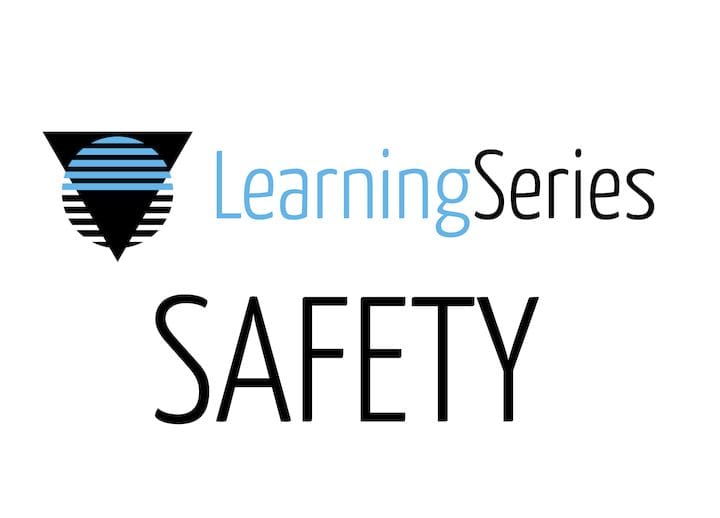
This is an entry in our 3D Print Learning Series, focusing on 3D print safety, which is far more risky than you might have imagined.
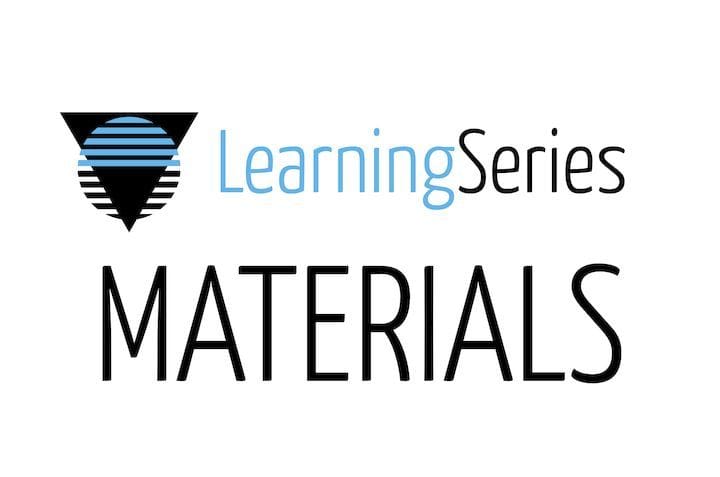
This is an entry in our 3D Print Learning Series, focusing on the different materials possible in 3D printing.

An entry in our Learning Series hopes to show you the business aspects of 3D printing, including purchasing, leasing, providing services, designing and marketing.

This is an entry in our 3D Print Learning Series, focusing on 3D Scanning.
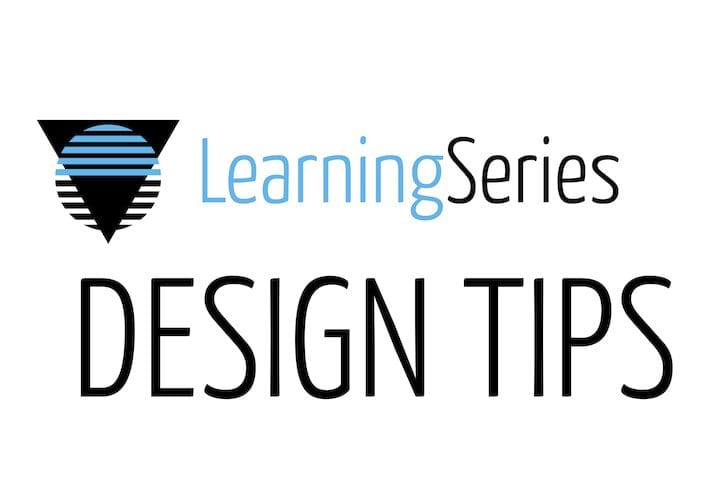
This is an entry in our 3D Print Learning Series, focusing on additional 3D print design tips.
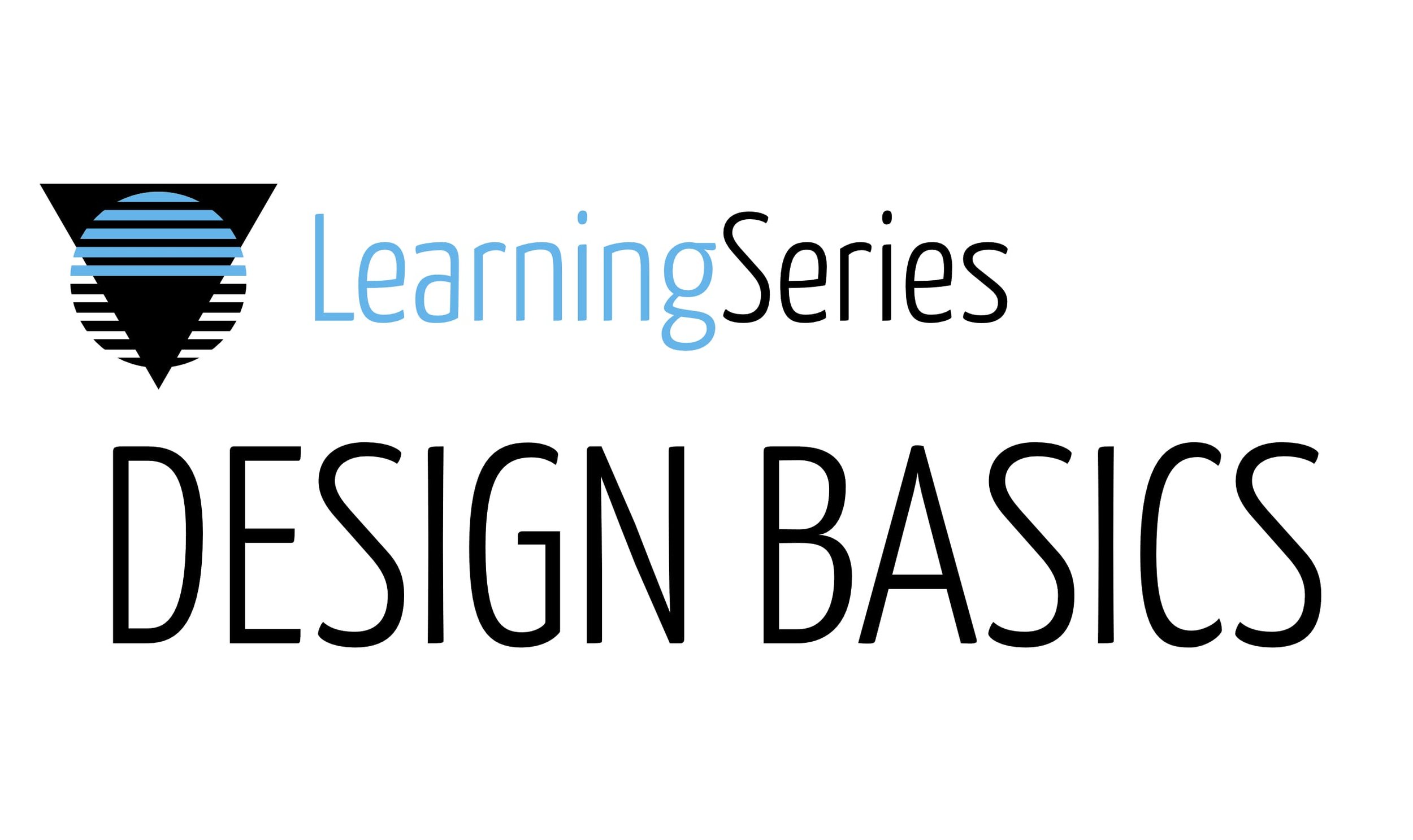
This is an entry in our 3D Print Learning Series, focusing on Design Basics for 3D Printing.
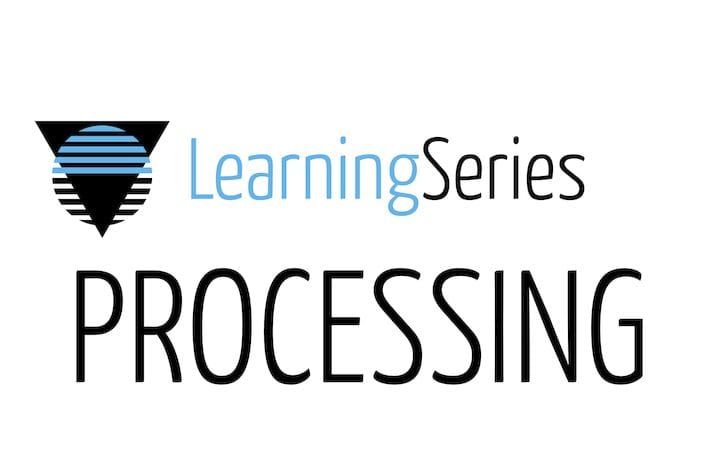
This is an entry in our 3D Print Learning Series, focusing on 3D print processing.
